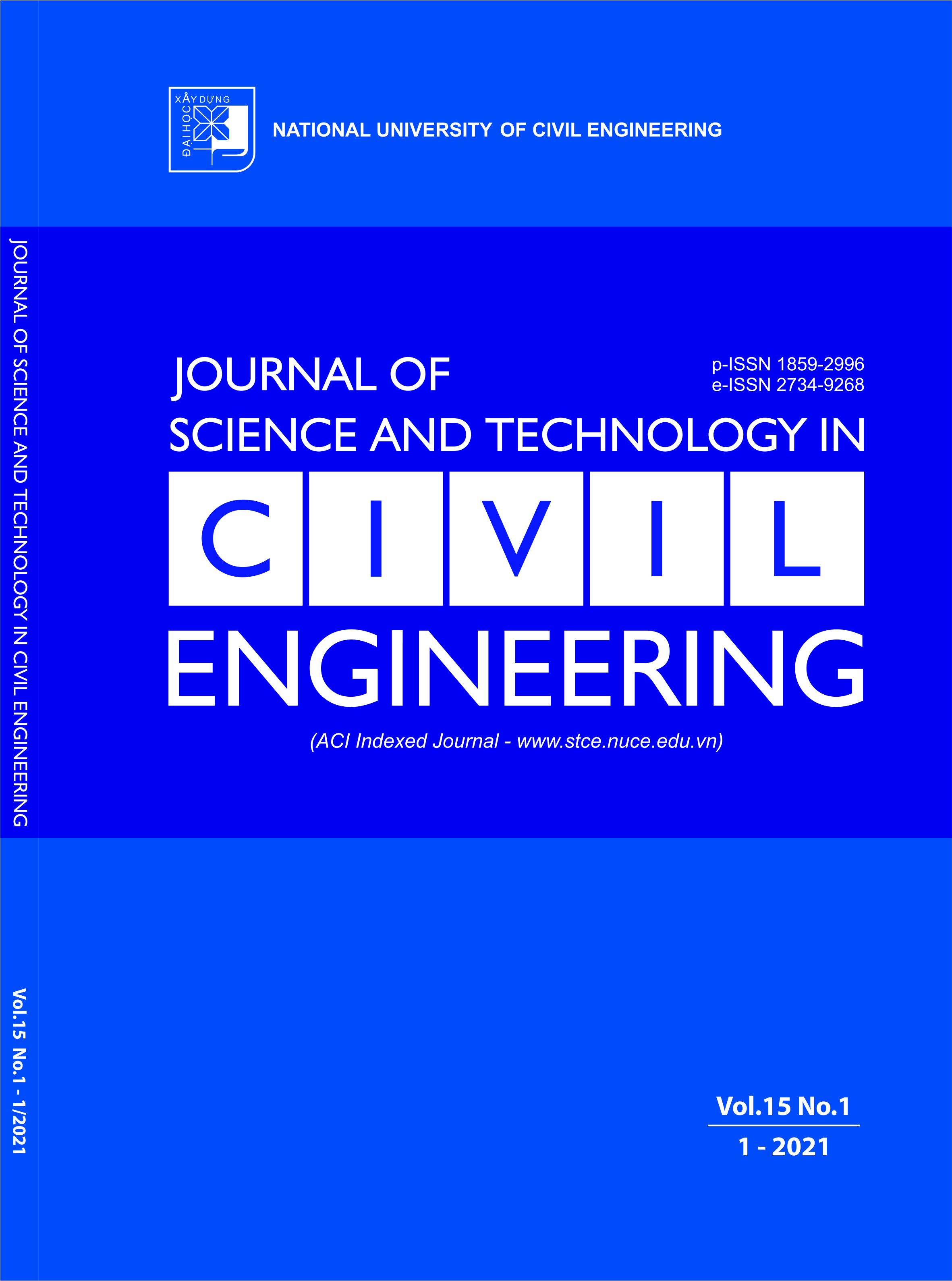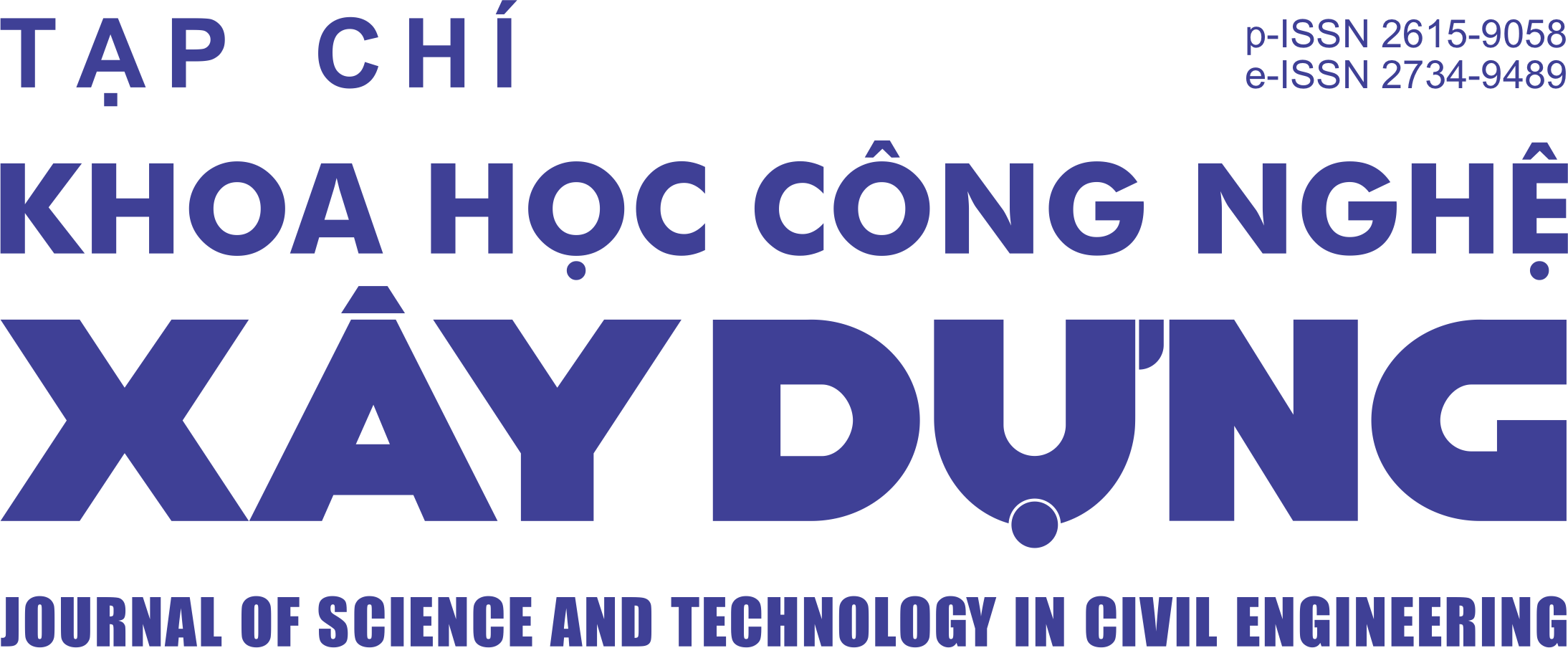Probabilistic pushover analysis of reinforced concrete frame structures using dropout neural network
Abstract
When taking into consideration nonlinear phenomena such as material plasticity, plastic hinge, and P-Delta effect, the pushover analysis can provide more realistic structures’ nonlinear responses. However, this method is not widely used in practice as it is more complex and requires more expertise than elastic approaches. On the other hand, the data-driven method emerges as an increasingly appealing alternative since it requires only input parameters, then directly yields results in conditions that enough training data are provided, as well as an appropriate machine learning model is devised. Thus, this study develops a probabilistic data-driven approach using the Multiple Layer Perceptron network coupled with the Dropout mechanism to perform the pushover analysis of reinforced concrete (RC) frame structures, predicting base shear, lateral displacement, as well as their relationship between the two formers. Moreover, corresponding confidence intervals of predicted values are also available owing to the probabilistic nature of the method, thus helping engineers design conservative solutions.
Keywords:
pushover analysis; reinforced concrete; structure; probabilistic analysis; machine learning; dropout mechanism; OpenSees.
Downloads
Copyright (c) 2021 National University of Civil Engineering

This work is licensed under a Creative Commons Attribution-NonCommercial-NoDerivatives 4.0 International License.
1. The Author assigns all copyright in and to the article (the Work) to the Journal of Science and Technology in Civil Engineering (JSTCE) – Hanoi University of Civil Engineering (HUCE), including the right to publish, republish, transmit, sell and distribute the Work in whole or in part in electronic and print editions of the Journal, in all media of expression now known or later developed.
2. By this assignment of copyright to the JSTCE, reproduction, posting, transmission, distribution or other use of the Work in whole or in part in any medium by the Author requires a full citation to the Journal, suitable in form and content as follows: title of article, authors’ names, journal title, volume, issue, year, copyright owner as specified in the Journal, DOI number. Links to the final article published on the website of the Journal are encouraged.
3. The Author and the company/employer agree that any and all copies of the final published version of the Work or any part thereof distributed or posted by them in print or electronic format as permitted herein will include the notice of copyright as stipulated in the Journal and a full citation to the Journal as published on the website.







